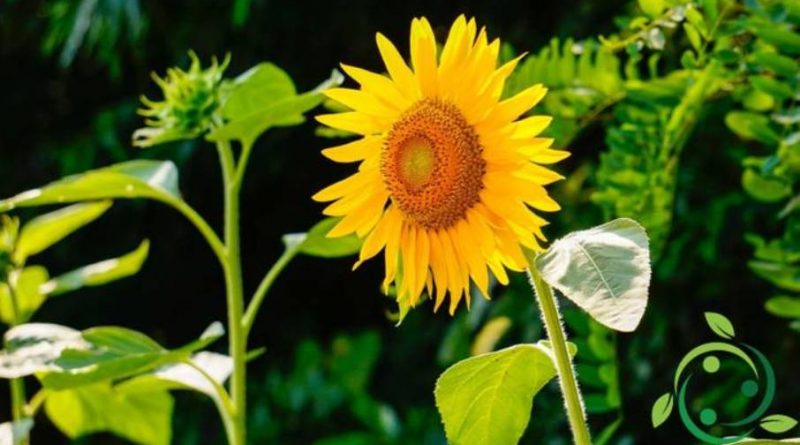How the sunflower is grown
How the sunflower is grown
Before seeing in detail how the sunflower is cultivated (Helianthus annuus L., 1753) it must be said that it is one of the most widespread species in the world and, given its economic importance, it has undergone a great work of hybridization and improvement genetic.
The Sunflower (which comes from the American continent) is a plant that grows easily, regardless of the variety you choose. For the cultivation technique, however, we will refer more to the yellow Heliantus variety.
For sunflower cultivation we need at least six or seven hours a day of direct sunlight exposure. Sunflower sowing must be done between the end of March and mid-April.
The sunflower is an annual species that leaves at the end of the ripening period a large flower which at its withering presents hundreds of seeds that can be harvested and sown again. However, sunflower seeds are among the most available in agricultural products stores. Its most famous feature is that the flower corolla follows the movement of the sun during the day.
The sunflower should be sown in the open field or (for small crops) in small jars and, once the plant has reached 15-20 cm in height, transplant it into the ground. The soil, preferably of medium mixture tending to the sandy, must be well prepared, with a prior fertilization based on mature manure or compost, with the main processing and then leveled. The sowing technique depends on the extension of the cultivation: we pass from the sowing with precision seeders to the manual one for a few plants. The emergence of the seedlings takes place a few weeks after sowing; in this period it is necessary to keep the ground always quite humid.
The waterings must be regular, without ever causing stagnant water to avoid causing rot, with consequent infections and diseases. Although the sunflower bears cold and drought for good growth and seed production needs warm climate and good water supply.
Even if the plants stand alone, in the case of isolated crops and in the presence of strong winds, it is possible to resort to guardians that avoid the enticement of the plant.
The flowering age of sunflowers is completed between August and September. When the flower will wither, the ripe seeds, if the flower is not collected, will fall from the plant, creating new plants spontaneously.
Among the pests we remember the sminthurus viridis whose main struggle consists of a good rotation system that does not include the succession of plants that create the best conditions (such as wheat immediately after alfalfa, followed by sunflower). Pyrethroids can be used and, better still, Neem oil.
For fungal diseases, this always depends on the extension of cultivation: it is also evident here that rotations and consociations represent (in addition to avoiding stagnation) an excellent deterrent. Lecithin products have recently been used, which, besides performing a fungicidal function, is corroborating and potentiating the resistance of plants.

